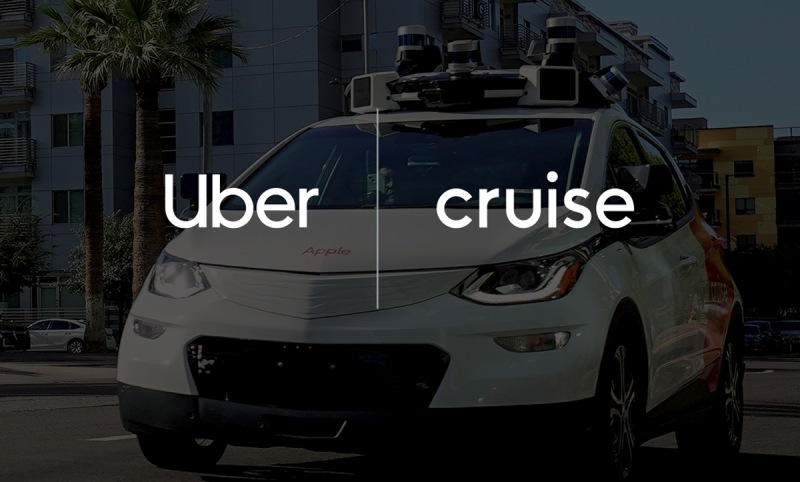
General Motors’ Cruise and Uber Technologies have agreed to a multi-year partnership, under which the troubled autonomous vehicle company intends to provide driverless rides to Uber clients as soon as next year.
Another robotaxi company has joined Uber to provide driverless rides within its app. Uber will offer you the option to travel in one of Cruise’s autonomous vehicles for “qualifying” rides beginning sometime next year. On Thursday, the two companies announced a “multiyear strategic partnership.”
Following an October 2023 incident in which a pedestrian in San Francisco was dragged 20 feet by a driverless Cruise vehicle after she was first struck by a human driver in another car, Cruise attempts to revive its robotaxi business with the announcement on Thursday.
The incident, which resulted in significant layoffs and the departure of Cruise executives, including CEO and co-founder Kyle Vogt, has been the subject of investigations by state and federal regulators.
In a press release, CEOs of Cruise and Uber, Marc Whitten and Dara Khosrowshahi, praised the partnership and emphasized that they believe autonomous vehicles can be used safely.
Uber previously announced a long-term partnership with Aurora, a driverless truck company, and partnered with Waymo for autonomous rides earlier this year. Before Motional halted its robotaxi deployments in May, it also offered driverless rides with Motional. The original date for Elon Musk’s event revealing Tesla’s robotaxi developments passed a few weeks ago, but it is now scheduled for October 10.
In October, a Cruise car dragged a pedestrian, and Cruise shut down its robotaxi service. The company recently returned autonomous vehicles with safety drivers to the road. According to Cruise spokesperson Tiffany Testo, the launch of its partnership with Uber will occur following Cruise’s return of its driverless ride-hailing service.
Uber and Cruise did not specify which cities the service might be available in their press release; however, Testo states that customers can “expect” it to launch in one of the cities where it is conducting supervised testing: Phoenix, Dallas, and Houston.
Waymo, Cruise competitor, said this week that it is already providing 100,000 paid robotaxi rides per week in the cities in the United States where it operates commercially: Los Angeles, Phoenix, and San Francisco Additionally, the company is testing in Austin, Texas, and intends to expand its service there.
This isn’t the first time GM has collaborated with a ride-hailing company. GM put $500 million into Lyft in mid-2016, with plans to ultimately develop a fleet of autonomous vehicles that could be called utilizing Lyft’s mobile app. Because GM decided to launch its own vehicles and network through Cruise, that never happened.
Despite the announcement on Thursday, a Cruise spokesperson stated that the company is still focused on relaunching its own driverless ride-hailing service and app.
Cruise is currently directing managed autonomous vehicle testing with a safety driver in Phoenix, Dallas, and Houston.
Swiss International University (SIU) is on track to be one of the world's most respected… Read More
In a session that left students buzzing with fresh ideas and practical insights, Invertis University… Read More
At the 21st Shanghai International Automobile Industry Exhibition, which is surging with the wave of… Read More
Liverpool, UK—House of Spells and Comic Con Liverpool are once again collaborating to bring the… Read More
Introduction In India's booming EdTech space, there's one name that's making waves among Telugu students… Read More
In litigation, often, the difference between winning and losing comes down to strategy. Although facts… Read More